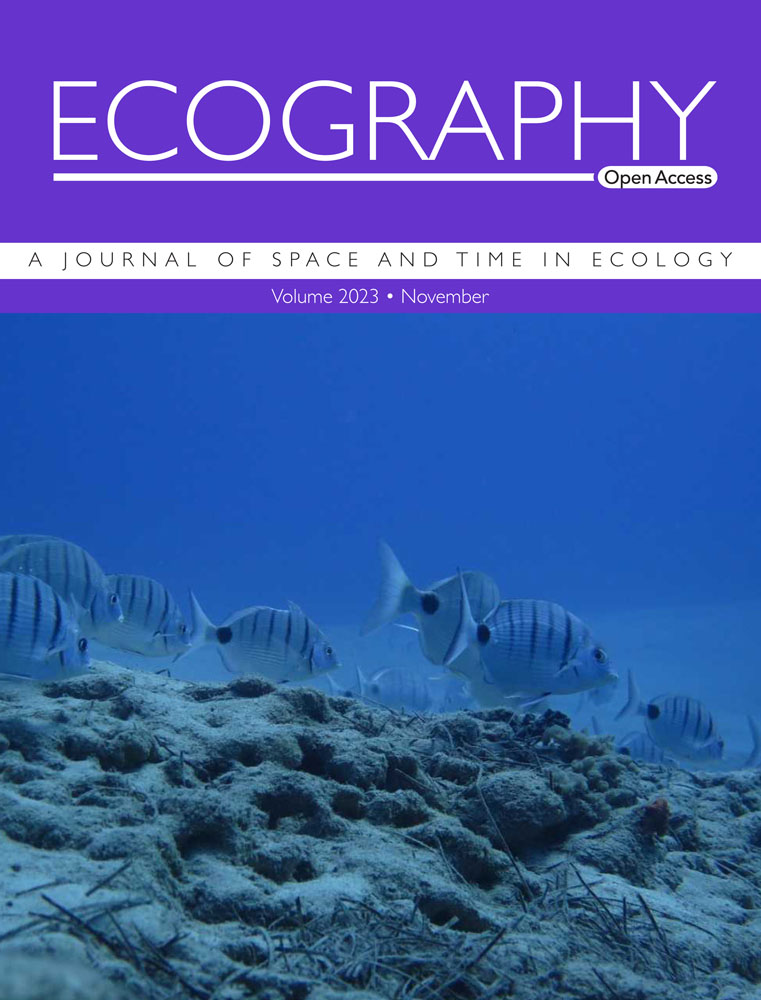Coupling in situ and remote sensing data to assess α- and β-diversity over biogeographic gradients
IF 5.4
1区 环境科学与生态学
Q1 BIODIVERSITY CONSERVATION
引用次数: 0
Abstract
The mapping of plant biodiversity represents a fundamental stage in establishing conservation priorities, particularly in identifying groups of species that share ecological requirements or evolutionary histories. This is often achieved by assessing different spatial diversity patterns in plant population distributions. In this paper, we present two primary data sources crucial for biodiversity monitoring: in situ measurements from botanical observations and remote sensing (RS). In situ methods involve directly collecting data from specific sites, providing detailed insights into ecological patterns but often constrained by resource limitations. Integrating in situ and RS data highlights their complementary strengths, which depend on factors such as study scale, resolution, and logistical feasibility. While in situ approaches are characterized by precision, RS offers efficiency and extensive, repeated coverage. This research integrates in situ and RS data to analyze plant and spectral diversity across France at a spatial resolution of 5 km, encompassing over 23 000 grid cells. We employ four established diversity metrics leveraging the spatial distribution of 6650 plant species and 250 spectral clusters (derived from MODIS data at a 500-m resolution). Through bioregionalization network analysis combining these data sources, we identified five distinct bioregions that capture the biogeographical structure of plant biodiversity in France. Additionally, we explore the relationship between plant species diversity and spectral cluster diversity within and between these bioregions, offering novel insights into the spatial dynamics of plant biodiversity.求助全文
约1分钟内获得全文
求助全文
来源期刊

Ecography
环境科学-生态学
CiteScore
11.60
自引率
3.40%
发文量
122
审稿时长
8-16 weeks
期刊介绍:
ECOGRAPHY publishes exciting, novel, and important articles that significantly advance understanding of ecological or biodiversity patterns in space or time. Papers focusing on conservation or restoration are welcomed, provided they are anchored in ecological theory and convey a general message that goes beyond a single case study. We encourage papers that seek advancing the field through the development and testing of theory or methodology, or by proposing new tools for analysis or interpretation of ecological phenomena. Manuscripts are expected to address general principles in ecology, though they may do so using a specific model system if they adequately frame the problem relative to a generalized ecological question or problem.
Purely descriptive papers are considered only if breaking new ground and/or describing patterns seldom explored. Studies focused on a single species or single location are generally discouraged unless they make a significant contribution to advancing general theory or understanding of biodiversity patterns and processes. Manuscripts merely confirming or marginally extending results of previous work are unlikely to be considered in Ecography.
Papers are judged by virtue of their originality, appeal to general interest, and their contribution to new developments in studies of spatial and temporal ecological patterns. There are no biases with regard to taxon, biome, or biogeographical area.
 求助内容:
求助内容: 应助结果提醒方式:
应助结果提醒方式:


